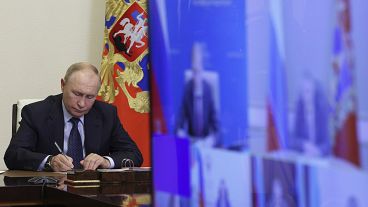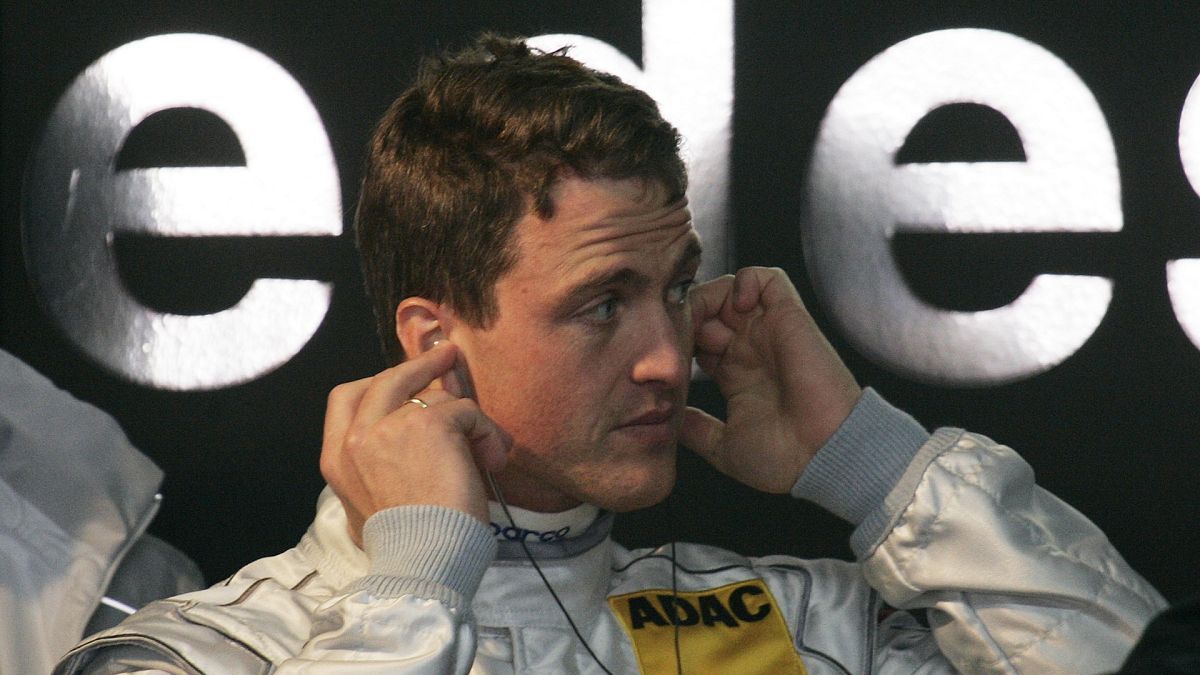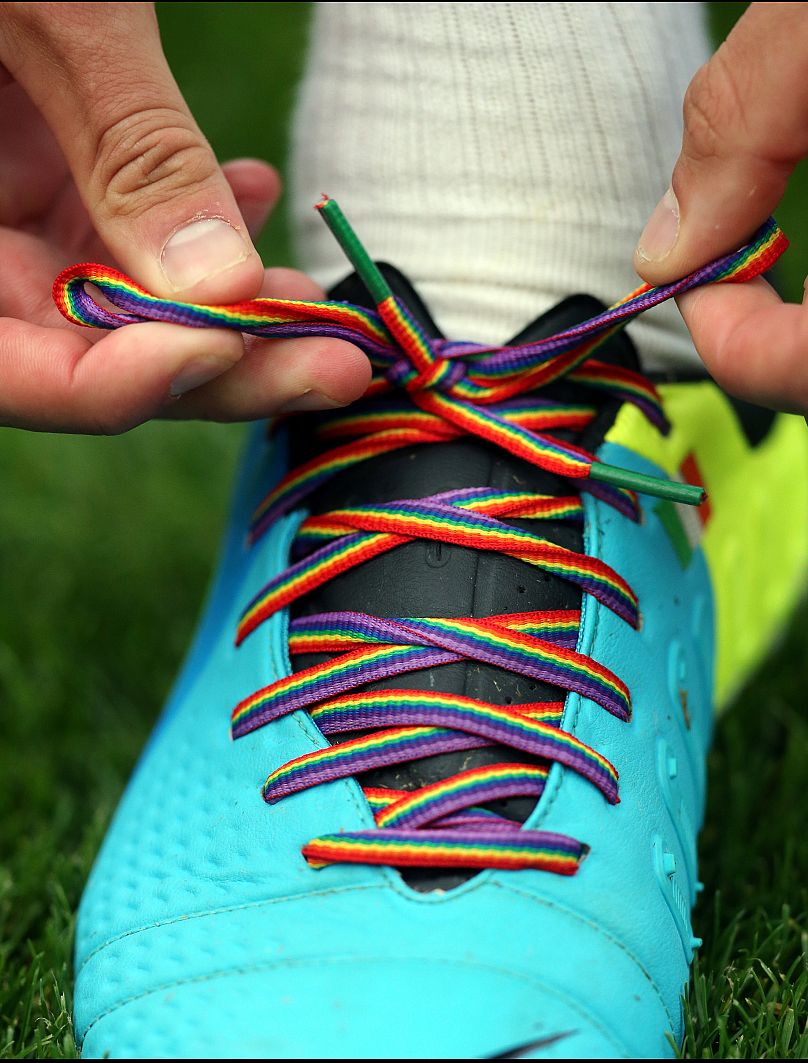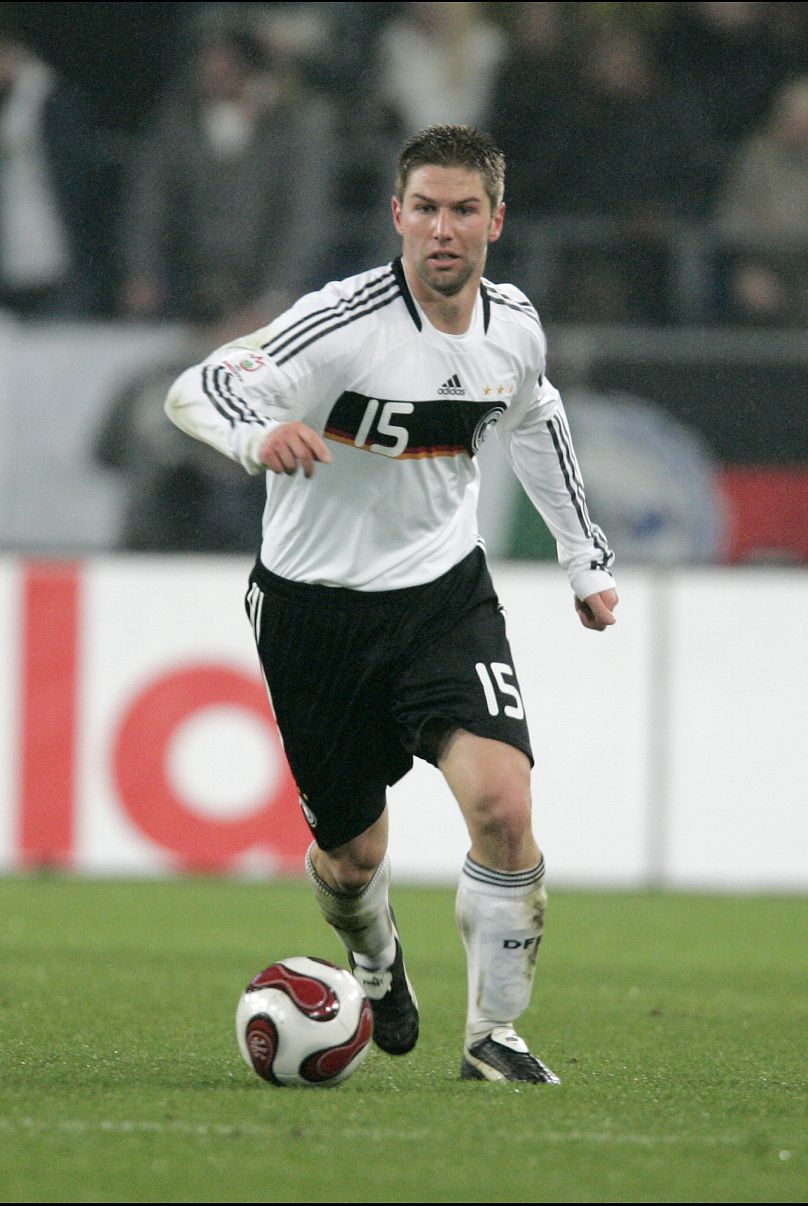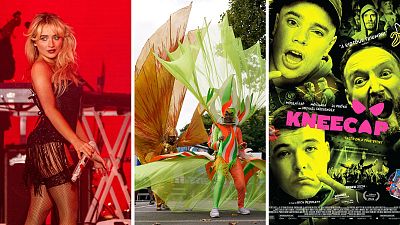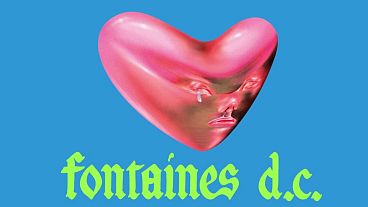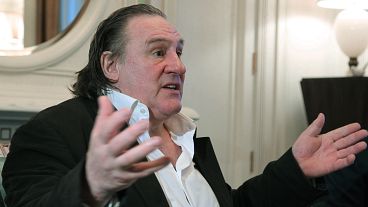Ralf Schumacher is the highest-profile Formula One driver to come out. It's a watershed moment but proves that European sports still has a big diversity problem.
This week, former Formula One driver Ralf Schumacher came out via an Instagram post depicting him and his partner Étienne. Schumacher is the highest-profile athlete from the high-octane sport to publicly come out as a member of the LGBTQ+ community, marking a significant breakthrough for motorsport.
In his career, the 49-year-old German driver notched up six wins and 27 podiums over a career spanning 180 races between 1997 and 2007. He is also one of a few Formula One drivers who participated in the sport alongside a sibling, spending his time on the grid competing with the seven-time world champion Michael.
On Sunday, Schumacher posted to Instagram a picture of him and Étienne with the caption: “The most beautiful thing in life is when you have the right partner by your side with whom you can share everything.”
Since the post, the former racing driver has faced a deluge of positive posts and comments, congratulating him on publicly coming out.
He’s not the first Formula One driver to identify as LGBTQ+. Mike Beuttler is often referred to as the first “openly gay male F1 driver”; Lella Lombardi is the sport’s most successful female driver and had a same-sex relationship; and Mário de Araújo Cabral came out as bisexual late in his life.
However, Schumacher is by far the most high-profile member of the sport to publicly come out. Thanks to the Schumacher name, this moment will be seen as a watershed for queer representation at the top level of motorsport, even if it has been 17 years since he raced professionally.
In recent years, Formula One has worked to improve its diversity. Organisations like Racing Pride promote LGBTQ+ inclusivity within the sport and champion queer people who want to rise through the traditionally straight cis-male sport. At lower levels of the sport, there has been improvements represented by the success of multiple queer drivers in the women-only Formula W series, alongside their Ambassador programme that celebrates queer people in the sport, both as drivers and other members of the teams.
With just 20 drivers at any time in the premiere series, the Formula One grid is still beset by diversity issues. It’s been over 30 years since a woman participated in a Formula One grand prix and in 2007, British driver Lewis Hamilton was the first Black driver.
LGBTQ+ representation in other sports
The major sports in Europe have a patchwork approach LGBTQ+ representation. While the increasingly popular women’s football has seen many players come out publicly in the England women’s team, for example, the same can’t be said of the men’s game.
Across Europe, homophobia has been a longstanding issue within football, from the antagonistic chants by supporters to tabloid pressure on the players. In the UK, a handful of male players have come out over the years.
The first English male player to come out was Justin Fashanu in 1990, effectively ending his career due to homophobia within the sport and wider society. Fashanu killed himself in 1998.
Since Fashanu, other players have come out after completing their professional careers. The only player to come out during his career is Blackpool FC forward Jake Daniels. There has still never been an openly gay male player in the English Premier League during their professional career.
Despite this, the Premier League has committed to improve the visibility of LGBTQ+ people through initiatives like the Rainbow Laces campaign.
In Germany, the most significant player to come out is Marcus Urban who was close to becoming a professional player in the 90s before quitting and coming out to friends and family over the following years. Urban is now the sport’s most prolific LGBTQ+ campaigner in Germany.
Since Urban, Thomas Hitzlsperger came out after his retirement from the sport in 2013.
Over in France, there’s a somewhat different picture. Although there are similar initiatives in Ligue 1 to campaign against homophobia, it has faced pushback from a cohort of players who have refused to wear a rainbow flag, including figures like Idrissa Gueye.
In May 2022, Gueye was not included in the PSG team sheet, with RMC Sport reporting at the time that he had refused to play in the match due to club's shirts featuring the rainbow flag - an initiative taken by Ligue 1 for the International Day Against Homophobia, Transphobia and Biphobia.
For his controversial absence was met with backlash and calls for sanctions from Rouge Direct, an organization against homophobia. Following the controversy, French former international referee Nicolas Potier publicly came out.

